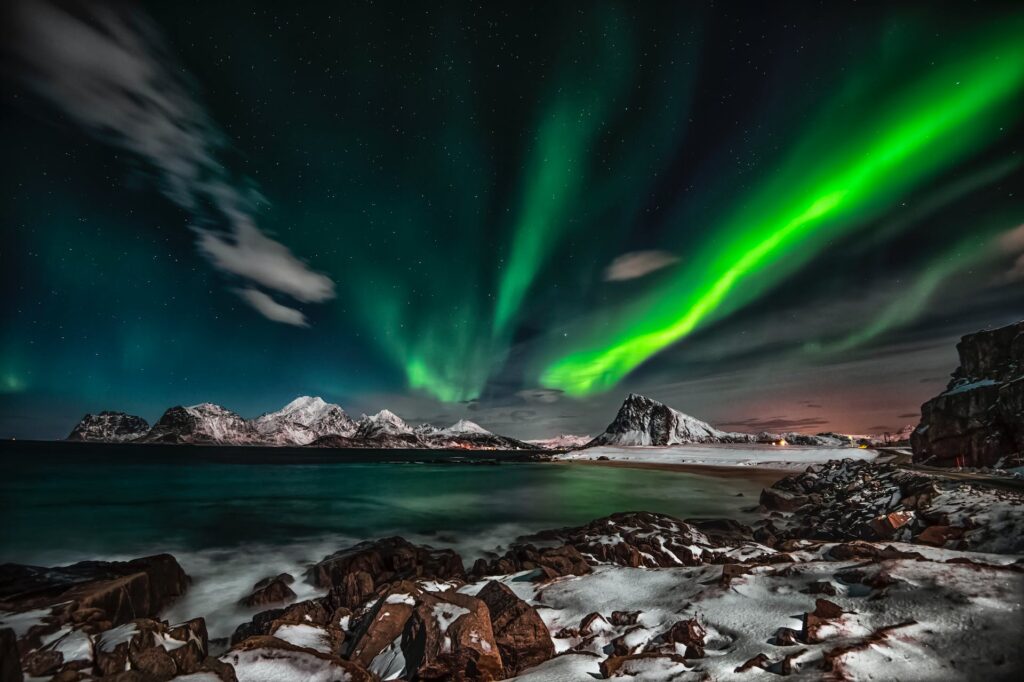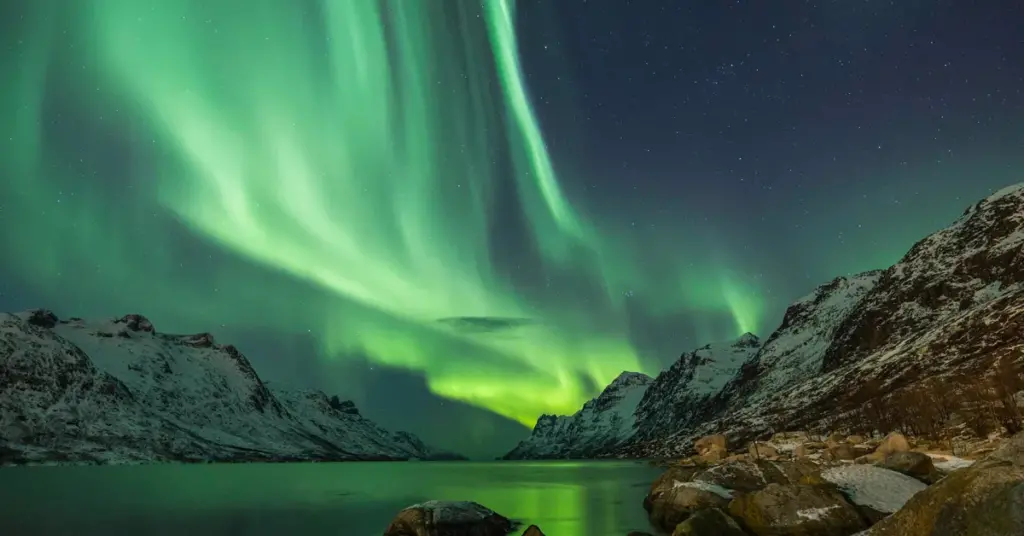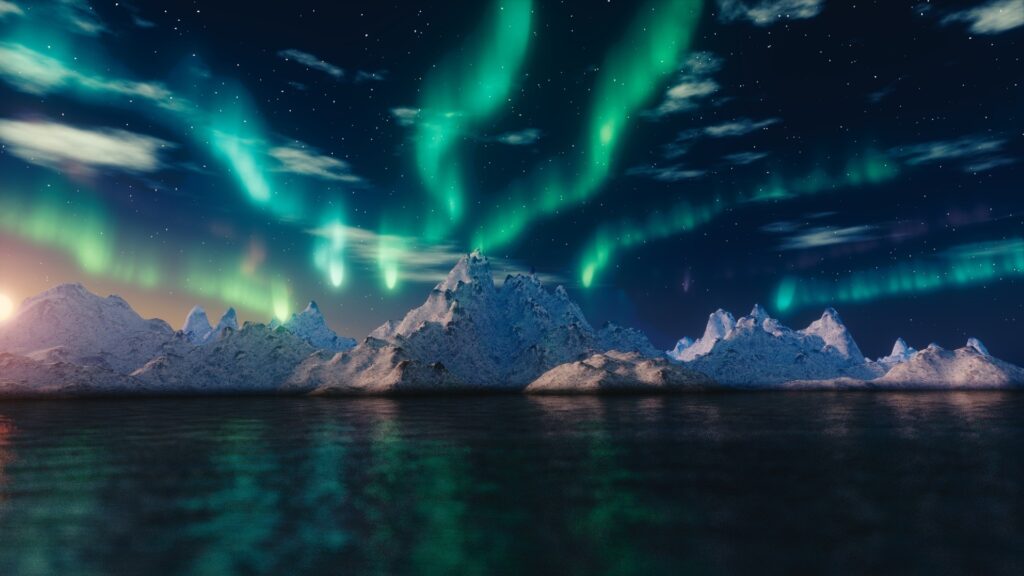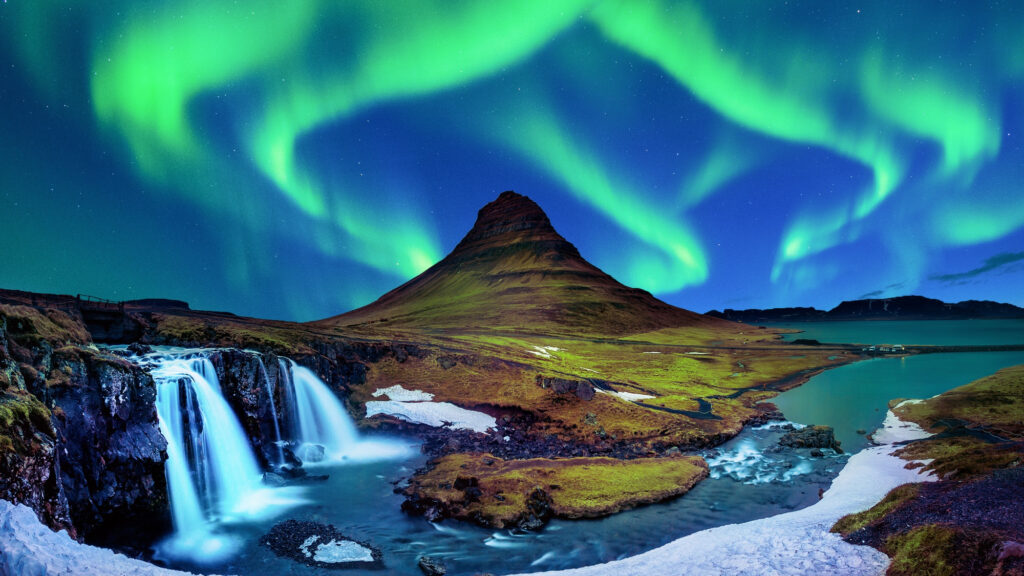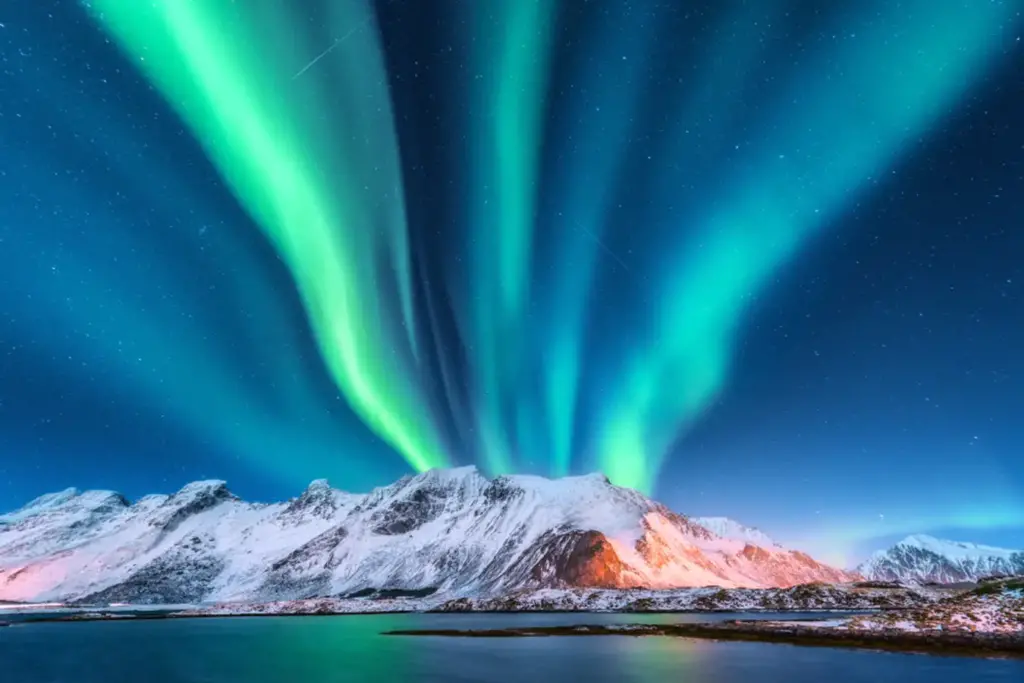Introduction
Norway, with its stunning landscapes and unpolluted skies, is a haven for those seeking the mesmerizing spectacle of the Northern Lights, also known as the Aurora Borealis. To maximize the chances of witnessing this celestial dance, it’s crucial to plan your visit during the optimal times. In this comprehensive guide, we’ll delve into the best time to see the Northern Lights in Norway, ensuring your journey is not only memorable but also filled with the awe-inspiring beauty of the aurora borealis.
Understanding the Northern Lights
Before we dive into the best times to watch the Northern Lights in Norway, let’s briefly understand the science behind this extraordinary phenomenon. The Aurora Borealis occurs when charged particles from the sun collide with gases in the Earth’s atmosphere, producing vibrant displays of light. Norway’s high-latitude locations make it an ideal destination to experience this natural wonder.
Factors Influencing the Northern Lights
Several factors influence the visibility and intensity of the Northern Lights. Understanding these elements is essential for planning a successful aurora-hunting trip to Norway:
Solar Activity
- The Northern Lights are closely tied to solar activity, specifically the sun’s solar cycle.
- The sun goes through approximately an 11-year cycle of activity, including periods of high and low solar activity.
- For the best chances of seeing the Northern Lights, plan your visit during periods of high solar activity.
Seasonal Variations
- Norway experiences polar nights during the winter months, characterized by extended periods of darkness.
- The Northern Lights are generally more visible during the winter months when the nights are longest and the skies are darkest.
Geographic Location
- Choosing the right location within Norway is crucial. Northern regions, such as Tromsø and Alta, offer better chances of seeing the lights compared to southern areas.
Weather Conditions
- Clear, dark skies are essential for optimal Northern Lights visibility.
- Monitor weather forecasts and choose a time when the skies are likely to be clear.
Best Time to Watch Northern Lights in Norway
Now, let’s address the crucial question: When is the best time to watch the Northern Lights in Norway? Let’s break it down:
Winter Months (October to March)
- The winter months are generally the best time to see the Northern Lights in Norway.
- Longer nights provide more extended opportunities for aurora sightings.
- October to March aligns with the solar maximum, increasing the chances of intense displays.
Solar Maximum Years
- Solar maximum years, which occur approximately every 11 years, are prime times for Northern Lights visibility.
- During these periods, the solar activity is at its peak, resulting in more frequent and vivid displays.
New Moon Periods
- During a new moon, the night sky is exceptionally dark, enhancing the visibility of the Northern Lights.
- Plan your visit around new moon periods for an optimal aurora-watching experience.
Late Evening to Midnight
- The Northern Lights are typically more active from late evening to midnight.
- Stay awake and vigilant during these hours for the best chances of witnessing the aurora borealis in all its glory.
Specific Regions and Their Best Times
Tromsø
- Tromsø, located in Northern Norway, is a popular destination for Northern Lights enthusiasts.
- The best time to visit Tromsø for the Northern Lights is from late September to early April.
- December to February is considered the peak season, offering extended periods of darkness.
| ℹ️ View More |
| 🏡 Best Places to Stay in Tromso
🗺️ Book Your Guided Tour In Tromso Now
|
Alta
- Alta, another prime location in Northern Norway, provides excellent Northern Lights viewing opportunities.
- The best time to visit Alta for the Northern Lights is also during the winter months, with peak visibility from November to February.
Lofoten Islands
- The Lofoten Islands offer a unique backdrop for Northern Lights photography.
- Visit from September to March for a chance to witness the aurora dancing above the picturesque landscapes.
Tips for an Unforgettable Northern Lights in Norway Experience
Book Accommodations in Advance
- Northern Lights hotspots can get crowded during peak seasons. Book accommodations well in advance to secure your stay.
Stay in Dark Sky Areas
- Opt for accommodations away from city lights to minimize light pollution and enhance your Northern Lights experience.
Be Patient and Persistent
- Northern Lights visibility is weather-dependent. Be patient and stay vigilant, as displays can occur suddenly.
Consider Guided Tours
- Joining a guided Northern Lights tour increases your chances of seeing the aurora, as experienced guides know the best viewing spots.
Pack Warm Clothing
- Norway’s winter can be harsh. Dress in layers and bring warm clothing to stay comfortable during extended periods outdoors.
Check Solar Activity Forecasts
- Stay informed about solar activity forecasts to plan your trip during periods of high aurora borealis potential.
Conclusion
In conclusion, the best time to see the Northern Lights in Norway is during the winter months, especially from October to March. Choosing a location with minimal light pollution, monitoring solar activity, and being patient are key elements in maximizing your chances of witnessing this natural wonder. Whether you find yourself in Tromsø, Alta, or the Lofoten Islands, Norway’s northern regions promise an awe-inspiring spectacle that will leave you with memories to last a lifetime. So, gear up, plan your trip wisely, and get ready to witness the enchanting dance of the Northern Lights in the breathtaking skies of Norway.

